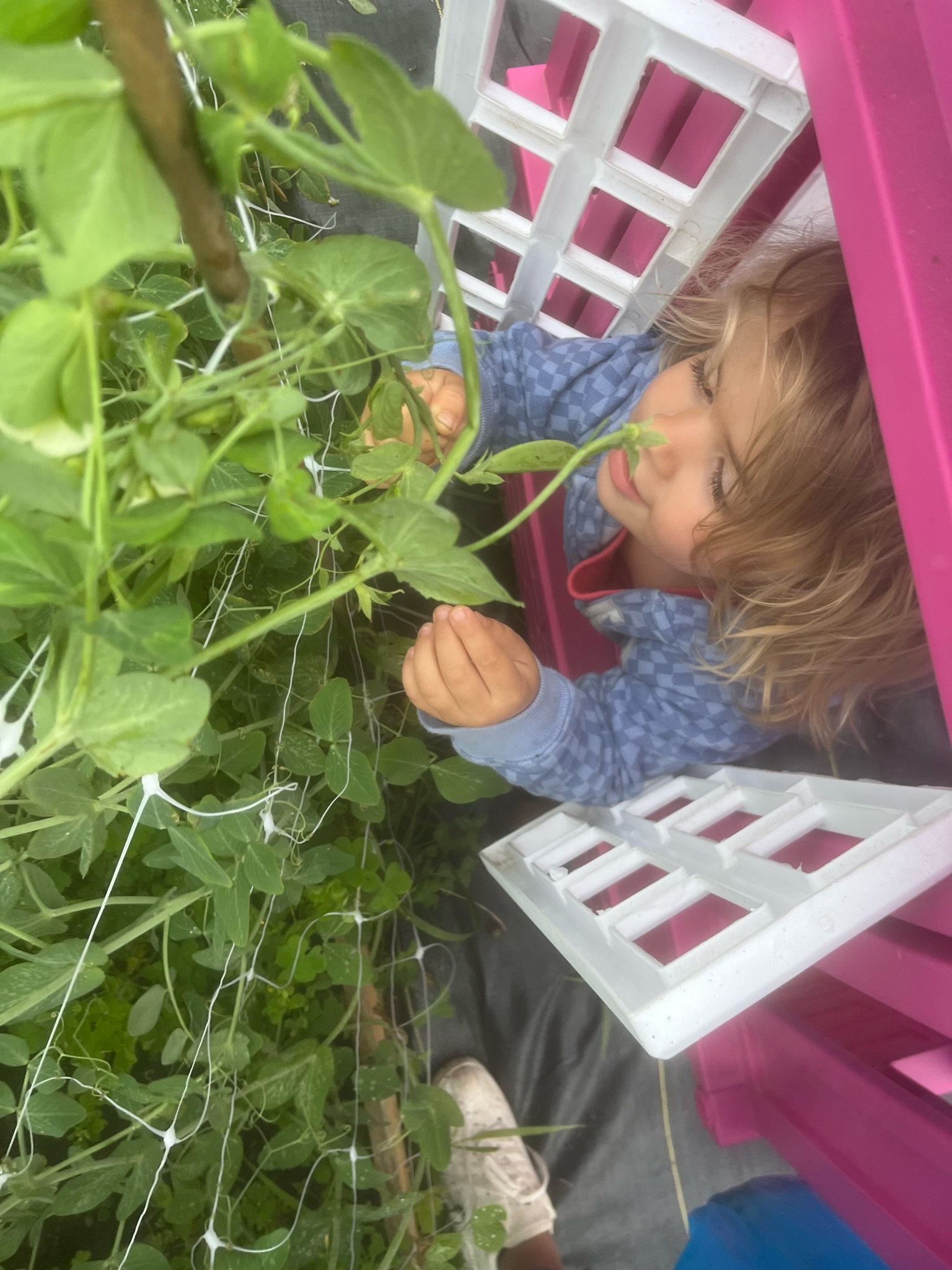Spring Veggie Seed Guide
A few years ago, I direct seeded a few rows of lettuce after my last frost (which here tends to be the second week of May). I tended to my seeds, watering and weeding, until I had a beautiful crop of lettuce. I harvested a head, washed, chopped, dressed, and sat down to enjoy my beautiful buttercrunch. To my dismay, my first bite was bitter. Inedibly bitter.
To a more experienced veggie grower, my mistakes are glaringly obvious. Lettuce hates the heat. I had planted a crop that wants to be planted in early April in mid-May instead. Wait, you can plant when it still gets below freezing at night? Absolutely. In fact, some seeds expect it and will be sorely disappointed if you plant at last frost. So here’s a rundown of vegetables that want to be planted in March and April to give you that nice, abundant June crop. Here I’ll only be mentioning things that like to be direct-seeded (that is, seeds put directly into the soil outside as opposed to starting seeds indoors or a greenhouse).
Snap peas: These are definitely a favorite around here. I plant snap peas in late March or early April. I heard someone say once they need to be in the ground before Good Friday, otherwise forget about it. I would agree with this!
Beets: I plant my beets at the same time I plant my snap peas! End of March/early April.
Lettuce: My lettuce goes out with my beets and snap peas. If I were planting something a bit hardier like spinach or Kale, I would plant them out a few weeks earlier.
Potatoes: I pushed it last year and planted my potatoes in mid-March. Although they survived even with their repeatedly frost-burnt foliage, I will wait until early April this year. I think it puts less stress on the plants making them less susceptible to disease, stunting, and potato beetle infestations. Remember: if your plants are stressed, they’re basically putting out a bat signal for bugs to come and eat them up!
Brassicas (cabbages, kales, broccoli, cauliflower, etc.): Ok, this is just a planting guide. Brassicas are super vulnerable to the cabbage worm where I live, so I don’t generally plant them. If you do want to give them a go, put some insect netting over them until they’re nice and big.
Strawberries: Now is the time to hit up your local greenhouse and grab your strawberries. If you plant them earlier you may even get a first-year crop (though they really get going more in years 2-3).
Asparagus: I suggest starting your asparagus from crowns, they’re super cheap. Of course, you can’t harvest your asparagus until year 3-4. I know it seems crazy, but your asparagus patch can last upwards of 20 years! Pretty cool. I interplant my asparagus and strawberries and they take care of each other. Strawberries provide asparagus with ground cover so the patch doesn’t get too weeded. Asparagus roots grow deep, providing nutrients further down that strawberries can use. They’re both perennials that pop up at similar times. A match made in heaven.
My favorite vegetable seed source is Johnny’s Seeds. Of course you can get seeds basically anywhere nowadays, but I will say I’ve started seeds from nurseries or feed stores, and they really aren’t as reliable as a specialty seed retailer.
Don’t sleep on your spring veggies, it is so satisfying to have stuff to harvest here in Ohio in June and July, and it’s such a good way to extend that connection your kids have to their food. My 4 year old will go out to the garden on cool spring mornings and pick strawberries and snap peas to her heart’s content. It’s a good feeling.
If you need even more motivation, your lettuce, snap peas, and strawberries can get going at the same time. This is probably my favorite seasonal salad. Fresh, crunchy and delicious after a long winter. The best. Happy planting this spring!

